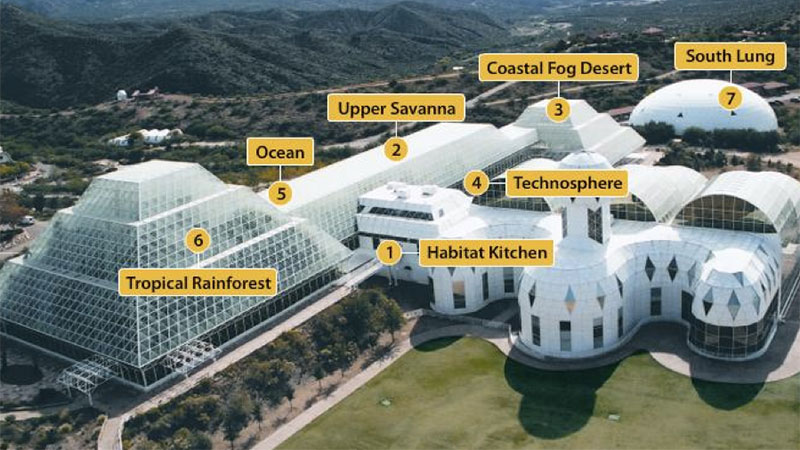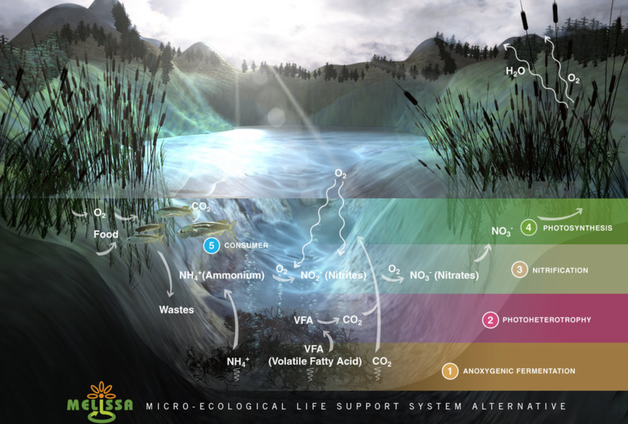|
by Olivia Woodford-Berry, '19 For many geological and environmental scientists, the inauguration of President Trump came with a wave of apprehension. The conflict between industry and environmental research continues to play out in political dialogues, and many scientists fear that the government will push science out of the budgets. At the same time, research and education seems to appeal less and less to politicians as they attempt to manage government spending. The government’s apparent disinterest in scientific investment does not exclude work at the National Aeronautics and Space Administration (NASA). The Trump Administration proposed drastic budget cuts to several programs, the most drastic in NASA’s divisions on Education and Planetary and Earth sciences. [1] However, the proposed budgets are surprisingly generous towards other divisions of NASA, particularly those surrounding space explorations. While this governmental support in even some scientific pursuits is worth celebrating, it is unreasonable to believe that bold exploration of the universe is possible without funding for planetary research and education. Projects funded by Education and Planetary Science programs are crucial in pursuing future space exploration. One such noteworthy project in the United States was the creation of Biosphere 2. Biosphere 2, now under the control of the University of Arizona, is a huge dome containing several different ecosystems and environments. The original researchers aspired to create an independent, self-sufficient biosphere capable of sustaining human life and research. In the 1990s, scientist volunteers were sealed inside with the goal of testing these capabilities. These initial projects, though unable to confirm our capacity to create a sustainable living situations in space, lead to many other studies. [2] While this project’s original mission was to prototype a potential way to colonize space, most of the current research done at Biosphere 2 consists of ecological and climate studies. [3][4] Like any optimization project, creating a new biosphere is heavily dependent on our understanding of earth. Biosphere 2: Along the same lines, Europe is pursuing their own closed life support research with the Micro-Ecological Life Support System Alternative (MELiSSA). MELiSSA, like Biosphere 2, aims to produce food, water, and oxygen with future applications in solar system exploration. In the pursuit of this goal, the biological research goes hand in hand with the engineering. MELiSSA, in fact, has relied heavily on microbial research. The efficient breakdown of waste is crucial in a self-sustaining system, and research has shown that a minimal biosphere requires a human microbe association with the fewest possible species. [5] Thus, our ability to explore is tied to our understanding of biocomplexities like these. Projects like Biosphere 2 and MELiSSA may allude to the glorious explorative projects that even the stingiest of law makers can get behind, but they collapse without the support of the greater scientific community. Biosphere 2 would be stalled by disinterested founders were it not for the researchers at the University of Arizona. MELiSSA would be an idea with no viability were it not for the composting research done by microbiologists. While it is easy to fixate on the glory of putting a man on Mars, such human triumphs do not come so cleanly. It is irrational cut education, planetary research, and “earth bound” fields and expect to conquer space. Science cannot be the pursuit of glory without the pursuit of complete, rigorous science.
Sources:
0 Comments
Leave a Reply. |


